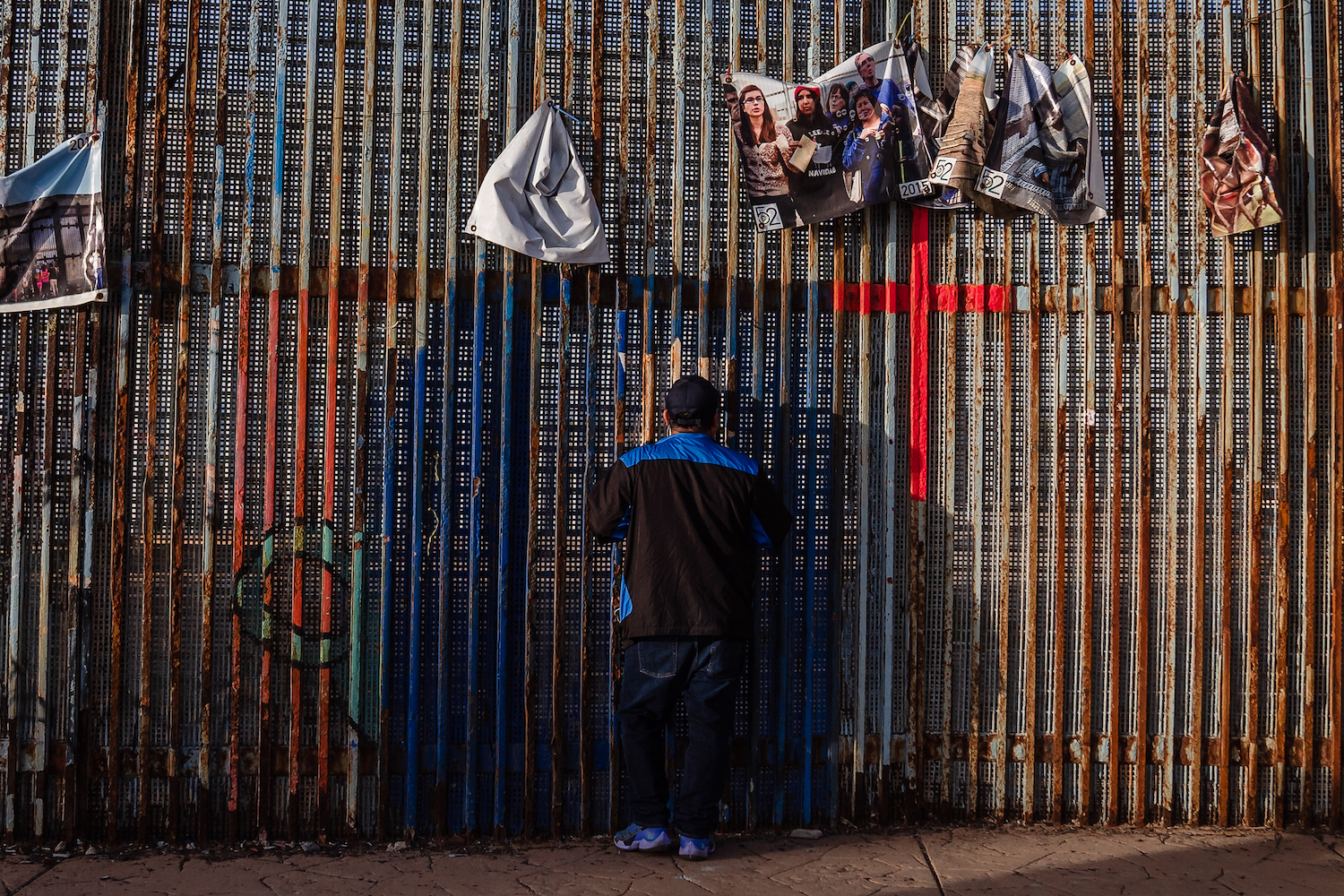It the westernmost point of the US-Mexico border, a little girl hid behind a steel pole at Friendship Park, then reappeared on the other side with a delighted grin. Occurring during a press tour I took of the area in 2016, this improvised game of peek-a-boo forever marked the way I think of this place.
Friendship Park—a historical site that exists in San Diego and Tijuana, split down the middle by the border—was, until recently, a place of connection and union between the two countries. Now, it evokes a prison.
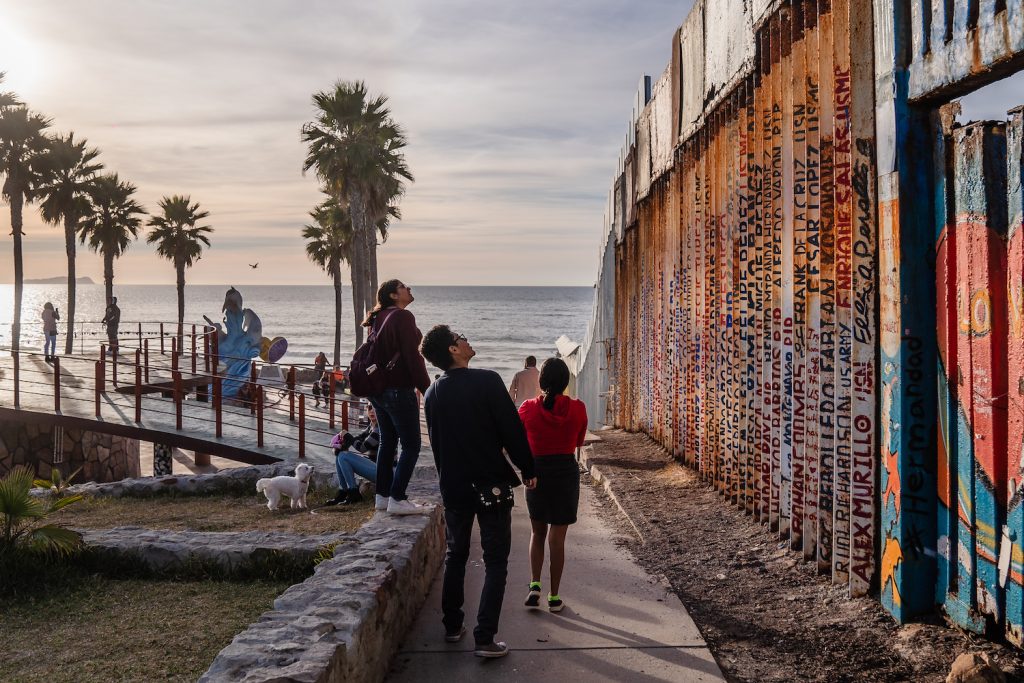
I last set my eyes upon Friendship Park’s US side in spring 2023 while covering a demonstration. As I approached the 30-foot-tall gray wall that was being installed, I felt heavy in my stomach and my limbs. Tears came to my eyes. The place where families separated by the border used to hug, where longtime friends came to play music together, and where one could buy a taco from the other side of the border— that place is gone.
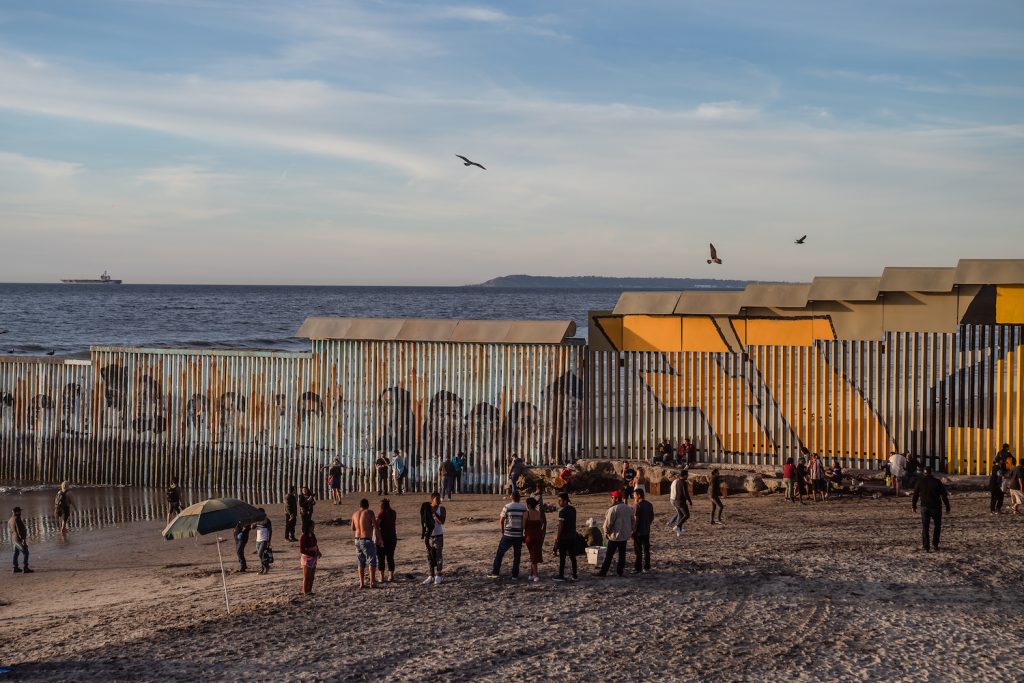
On the south side, the bold, colorful, four-dimensional letters spelling “Tijuana” are still there, but the mural-covered border fence and the view of the California coast have disappeared. The backdrop is now that massive wall, its steel posts so close together one cannot see through them.
Down on the beach, some futuristic contraptions top the wall to prevent people from climbing over. They—and a secondary fence further up north—seem to say, “Don’t make a run for it. You won’t
make it.”
Up on the mesa, construction crews destroyed the US part of the binational native plant garden. Its mirror on the Mexico side remains, albeit with some damage.
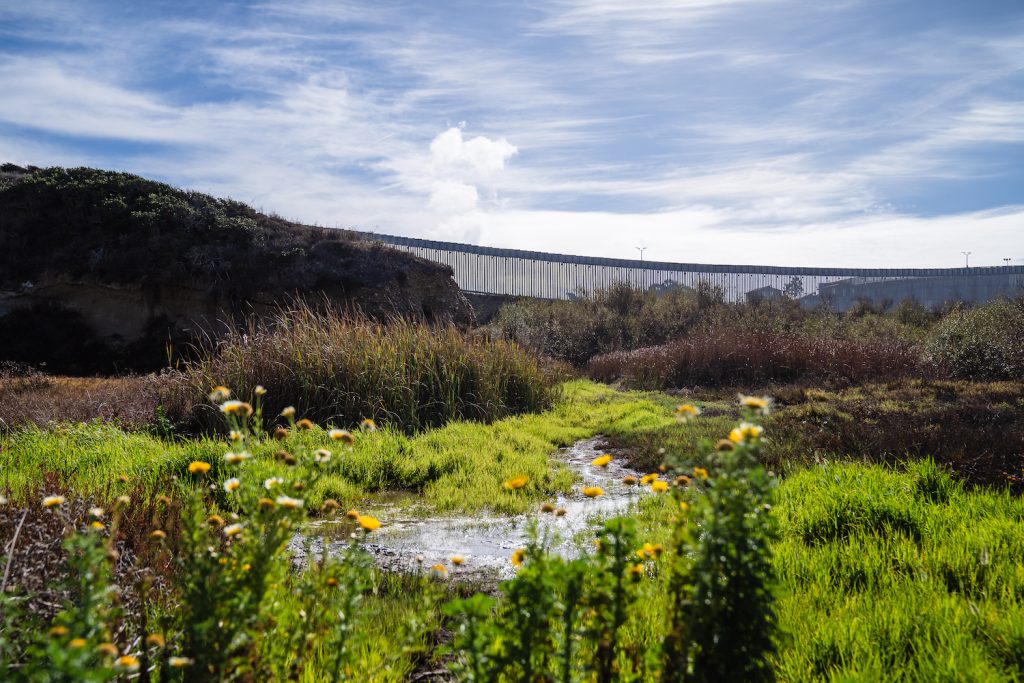
For local activists, the important part of the garden was not so much the plants but the connection between caretakers on both sides of the line, watering the flora, removing weeds, and making sure there remains a place for community along a border that divides us more every day.
“[The United States Border Patrol (USBP)] has not said anything about whether they will allow access for the garden on the US side,” says Reverend John Fanestil, the director of the activist group Friends of Friendship Park. “It’s supposed to be a garden for the community, not the Border Patrol.”
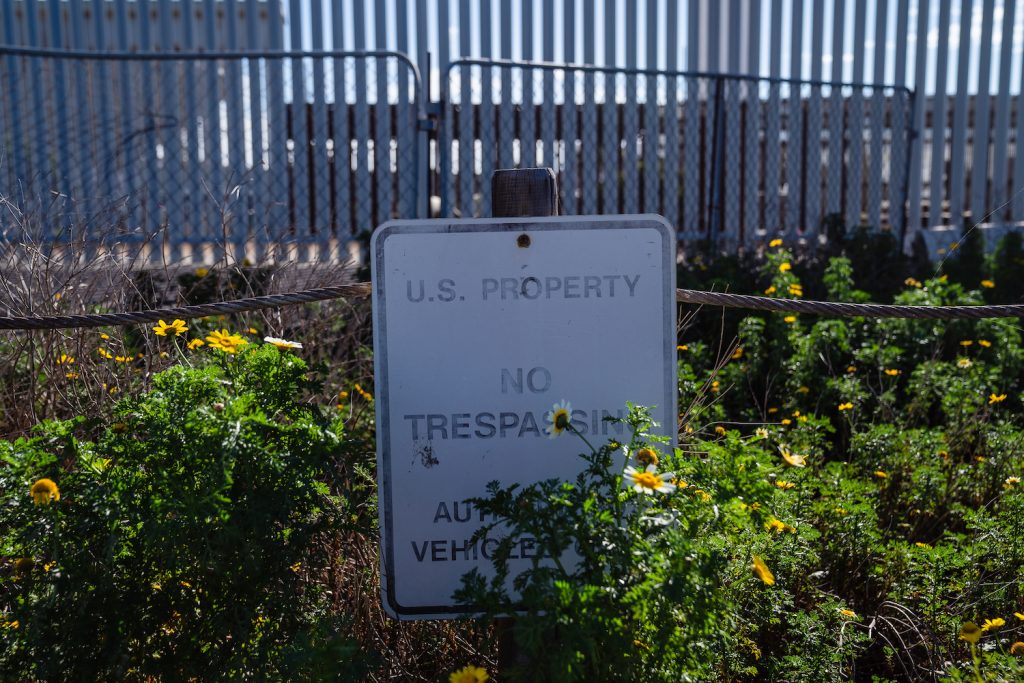
The US Customs and Border Protection has vowed to restore the flower beds to their original state, as well as to reopen Friendship Circle—an area where people could walk directly up to the border fence and meet their friends or loved ones during specific times—which has been closed since 2019. “Following the completion of construction activities, access to the Park will be coordinated with USBP through a gate in the secondary barrier, during designated periods of time, once it is operationally safe,” the agency wrote in a recent press release, offering no concrete timeline.
PARTNER CONTENT
The doors of Friendship Circle may open again. The murals may be repainted, and the hustle and bustle of people may return to Playas de Tijuana. But that little tug in your heart that made you realize you were in a place that was unique in this world is gone. The lower fence and its wider slats allowed for a level of connection that this haunting new one doesn’t.
Because in that game of peek-a-boo I played at the border all those years ago, that little girl and I were breathing the same air, squinting in the same sun, and having fun together in two different countries. We may never get that back.














